On one chilly December morning a few years ago, the photographer Sam Brockway retraced Ernest Hemingway’s well-worn footsteps at Idaho’s Silver Creek, free to roam the 851-acre preserve with only the sounds of nature—crunching ice, echoing water, and flapping Coots—to keep him company.
As he traveled through the landscape, he identified a diverse array of plants, and at one point, spotted a small cabin nestled among the frozen cottonwoods. “There’s no doubt in my mind that Silver Creek was named in the winter,” he says. “The morning frost makes the entire valley shimmer.”
Winter photoshoots might be harsher and less forgiving than their warm-weather alternatives, but there’s no denying the magic of snowy, frost-covered terrain. While some prefer to stay indoors, snuggled up by the fire, adventure photographers around the world use the winter months set off in search of terra incognita—or revisit old haunts when they’re left quiet and peaceful during the off-season. Here are our tips for getting the most out of your winter photo trips.
Dress in layers
Your comfort and safety are your top priorities when shooting in the cold, so visit your local outdoor store for proper gear. In most cases, you’ll want breathable fabrics (no cotton) to prevent moisture and a waterproof outer layer. You’ll want to wear multiple light layers you can easily remove if you get too warm in the field. When choosing clothing, factor in the time you’ll spend outside and your activity level.
Other things to pack? Food and water, sunscreen on sunny days, hot tea, hand warmers, warm and sturdy boots, a polarizing filter, lots of spare batteries (they run out of juice quickly in the cold), hats, scarves, a lens cloth, rain covers, a UV filter for your lens, and photographer’s gloves. Practice using your gloves to adjust your settings beforehand so you know what to expect. If you’re shooting in an icy spot, you might also want to wear boots or shoes with spikes.
Go exploring
Footprints in the snow can easily ruin an otherwise perfect picture, but one of the joys of winter photography is walking around and exploring your surroundings. Consider taking an adventure a day or two before your photoshoot—and before the snow has fallen—to look for compelling spots and vantage points you might have missed.
Maybe it’s a local park with winter wildflowers or a colorful building that’ll stand out against the snow. If you’re shooting in nature, follow only the marked trails to protect the ecosystem. Draw up a list of possible shoot locations close to home (ideally, within a walkable distance) so you’re ready once the snow comes.
If you have a few days or weeks to explore, you can also plan for a winter road trip to unique locations, like the photographer Berty Mandagie does; in 2019, for instance, he stayed in stunning 100-year-old cabins in Idaho’s backcountry. Whatever you choose, take your time and map your route in advance.
Watch your exposure
Auto mode is notoriously unreliable when it comes to shooting snowy scenes, so switch to manual mode or use the positive exposure compensation function to prevent underexposure (no one wants gray snow!). Your histogram will also be valuable here, as you can spot any highlight clipping in real-time; in general, a little skewing to the right is expected, but you don’t want the highlights to be totally blown out.
In the beginning, bracket your exposures and shoot in RAW to maximize your chances of getting the perfect exposure. One final word of warning: don’t delete any images while you’re in the field. You might not be perceiving the exposure correctly due to the brightness of your surroundings.
Focus manually
If you find yourself in a scene without much contrast, like an overcast or foggy winter’s day, your camera might struggle to focus. In that case, switch to manual focusing for a sharp image. Another option, of course, would be to look for areas of contrast, like a colorful tree or an animal, and build your composition around those.
Go minimal
The monochromatic bleakness of January and February days is part of what makes winter photography difficult, but it’s also part of their appeal. Instead of shying away from the moody colors and atmosphere, lean into it with minimal compositions. Pay special attention to negative space, and look for lonely figures or trees to add interest.
Bring a bag
Moisture can easily ruin an otherwise lovely winter shoot, so take precautions to protect your gear from the elements. In particular, bring along an airtight plastic bag where you can keep your camera during moments of extreme temperature changes, like the ones that occur when you move indoors or outdoors.
These sudden changes will cause condensation, which can prove deadly for your gear. Give your camera a few hours in the plastic bag so it can adjust to room temperature before bringing it back out, and consider adding silica gels to help prevent any moisture. Avoid changing lenses outdoors; in cold weather, bringing a zoom can give you more versatility than a prime. Another thing to keep in mind: avoid breathing directly onto your camera while shooting. Inhale, hold your breath, and click the shutter.
Experiment with shutter speed
Some winter photographers swear by aperture priority mode, but one advantage of controlling your shutter speed is that you can determine exactly how you want the falling snow to appear. For sharp pinpricks of white, use a fast shutter speed, or slow it down to create streaks across the sky. Alternatively, a very long exposure will make the snowflakes disappear completely. Using a dark background can also help highlight the falling snow.
Chase the magic hour
Winter is a favorite for golden hour and twilight photographers because the hours are less demanding. You can sleep in a bit later and still catch the rising sun, or you can watch the sunset well before you need to be home for the evening. If you want to avoid crowds and footprints, mornings are ideal, and as a bonus, you’ll also get that dreamy frost in the early hours.
The golden and blue colors of the “magic hours” around dawn and dusk make for atmospheric conditions, but you’ll have to watch your white balance to retain those warm or cool tones. If you want those lovely bokeh balls in your background, open up your aperture to catch the warm or cool light reflecting off the snow.
Seize the moment
Snow can melt in an instant—or get trampled with footprints—so act quickly and make a plan. Keep an eye on the weather forecast in your area using a mobile app, and set your alarm to coincide with fresh snowfalls. Yes, it might be cold and early, but the trek outdoors will often prove worth it. Wintertime is fleeting and fickle, and you’ll rarely get a second chance.
The moments right before or immediately after a winter storm can also make for gorgeous images; just ask Ansel Adams. Arild Heitmann, a landscape photographer based in Northern Norway, has a saying: “In the Lofoten Islands, there is a thin line between crappy weather and golden opportunities.” He made this picture in 2017 during a day of unpredictable weather, as the light changed from clear blue skies to whiteout conditions and back again.
Not on 500px yet? Sign up here to explore more impactful photography.

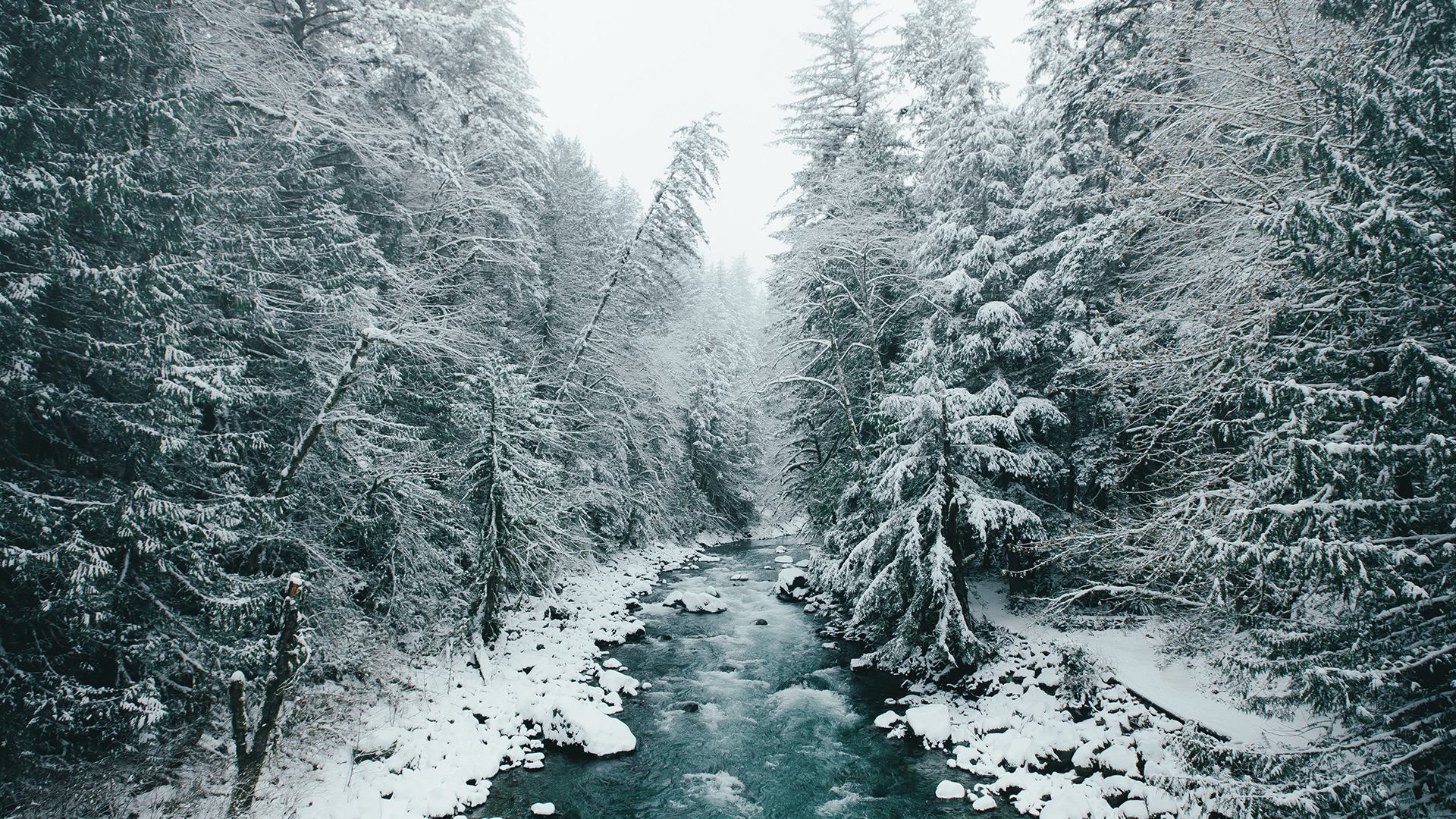
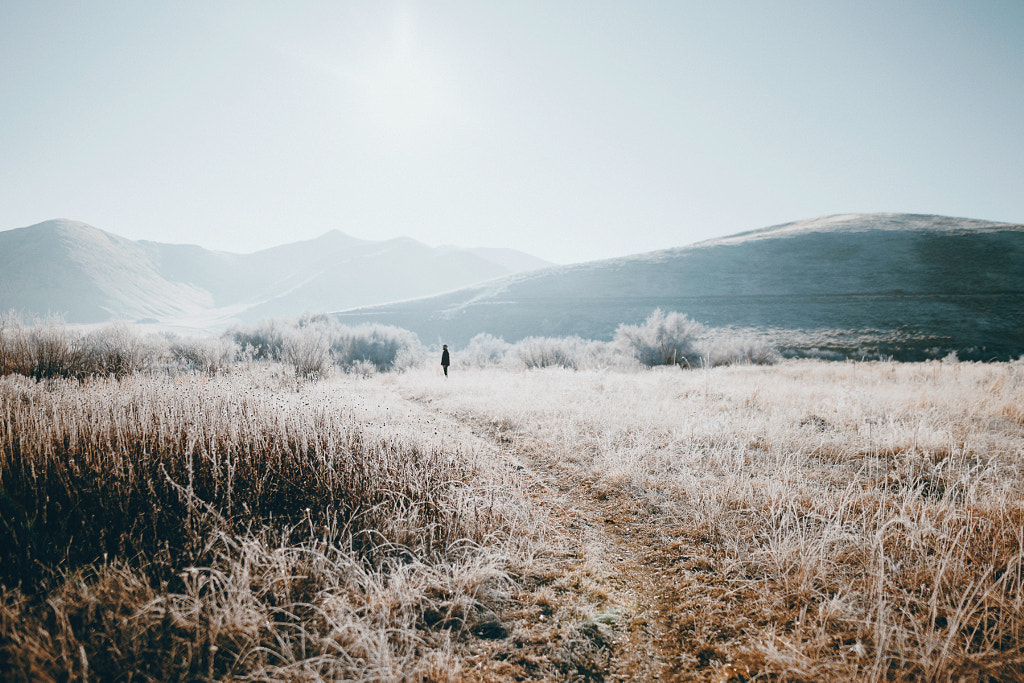

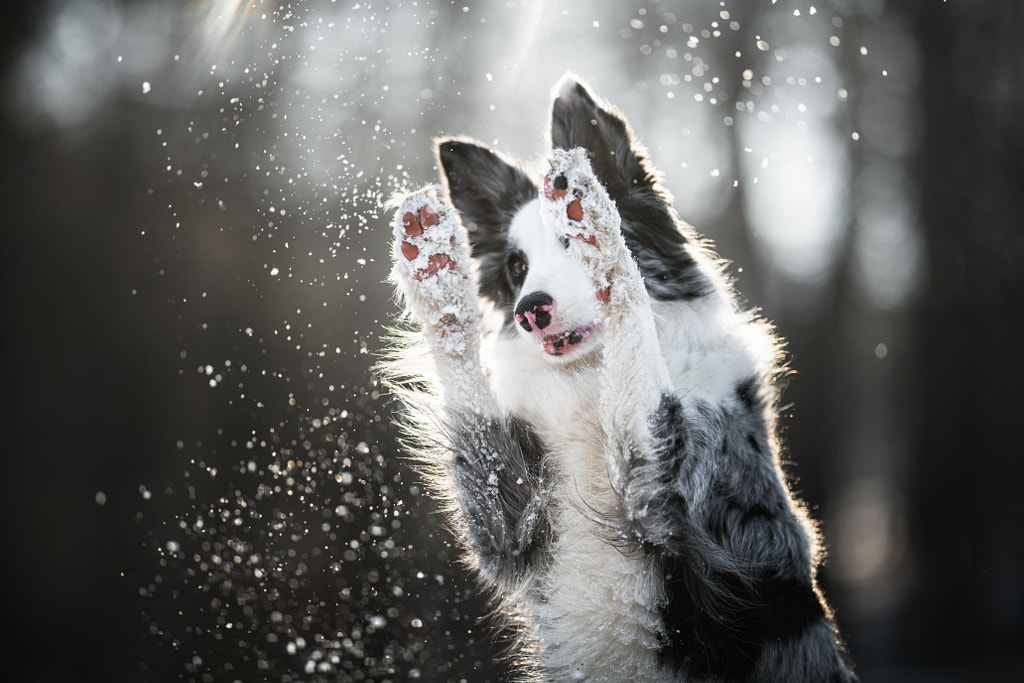
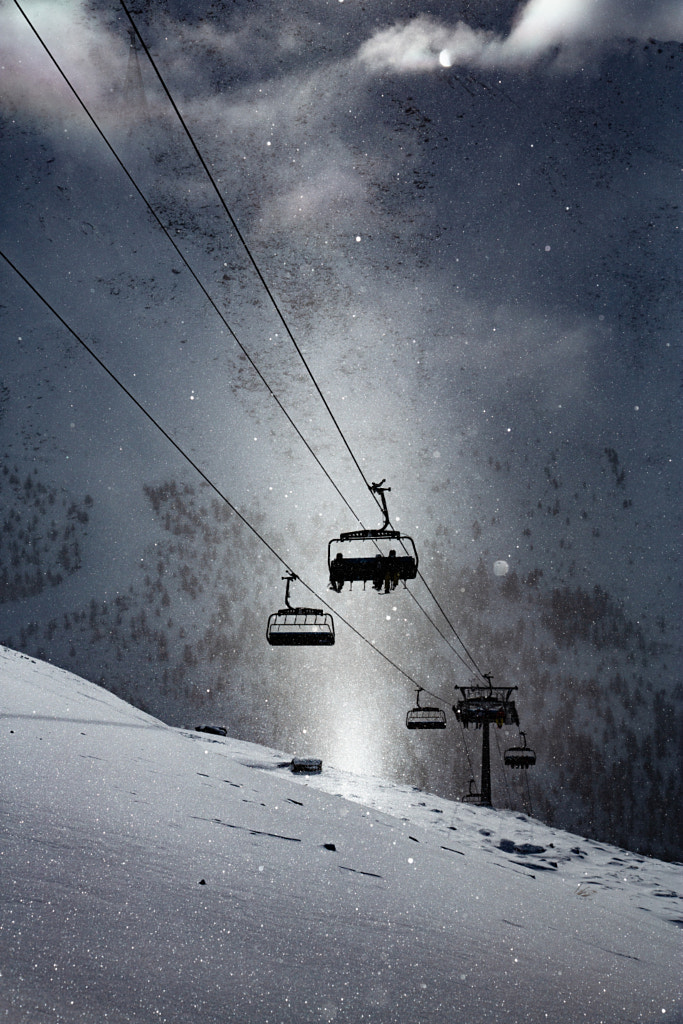
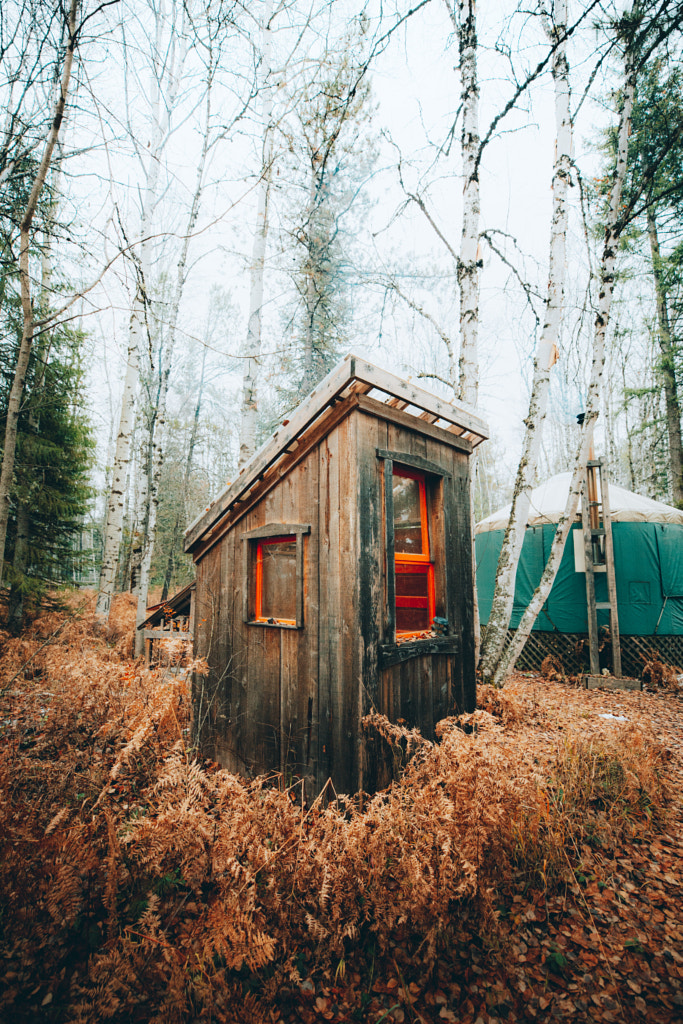
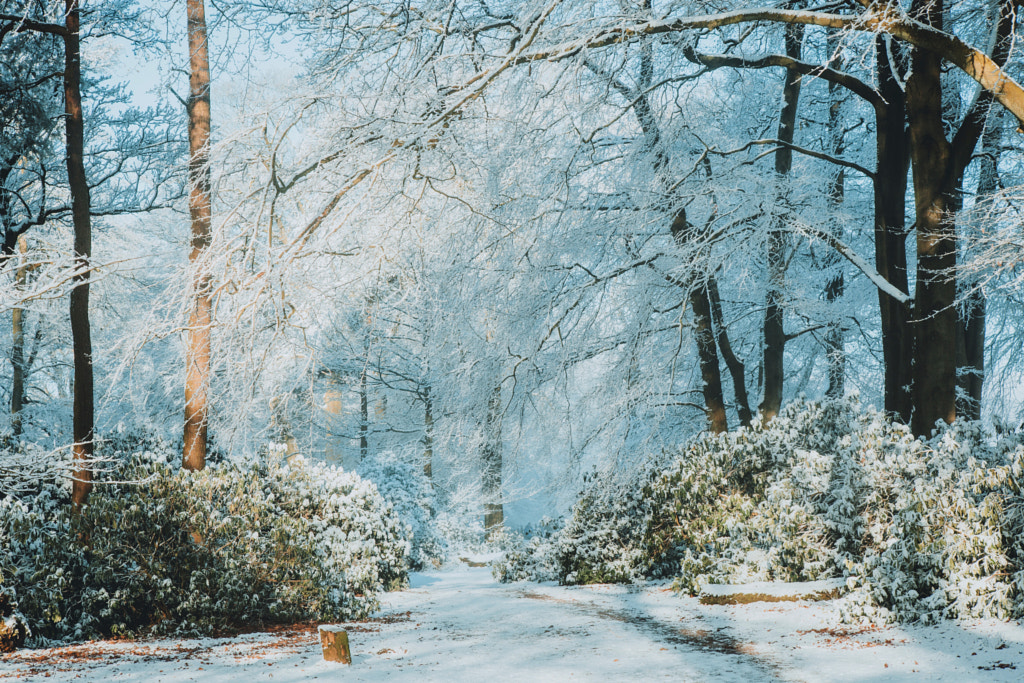
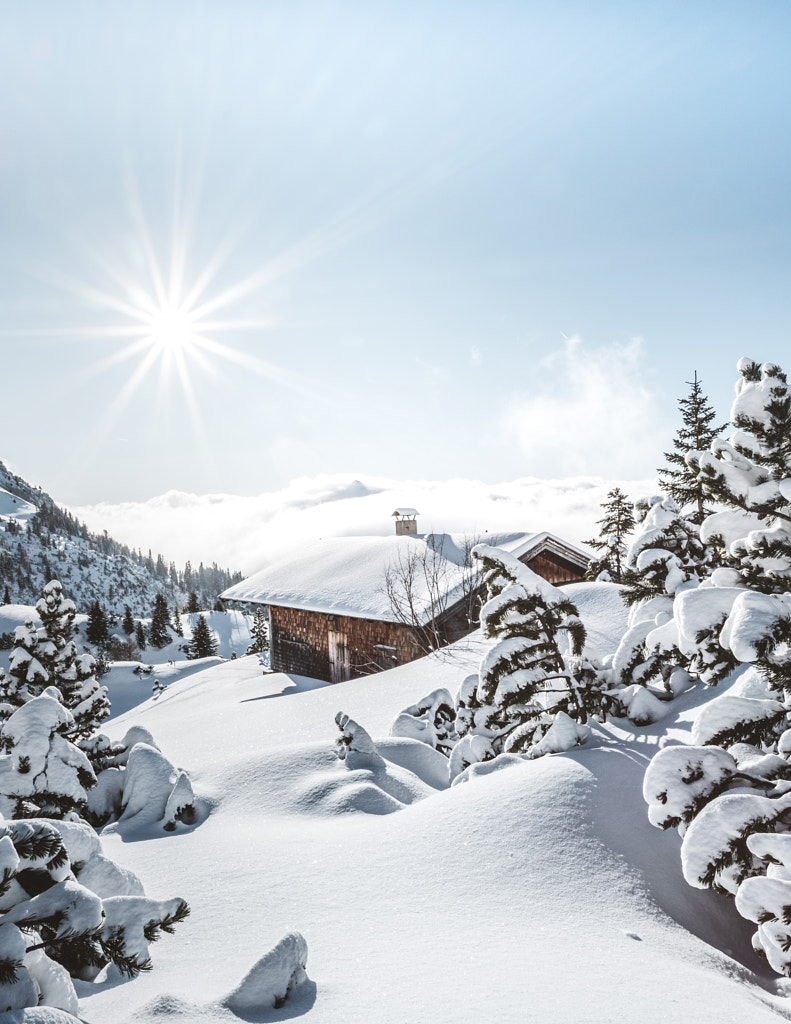
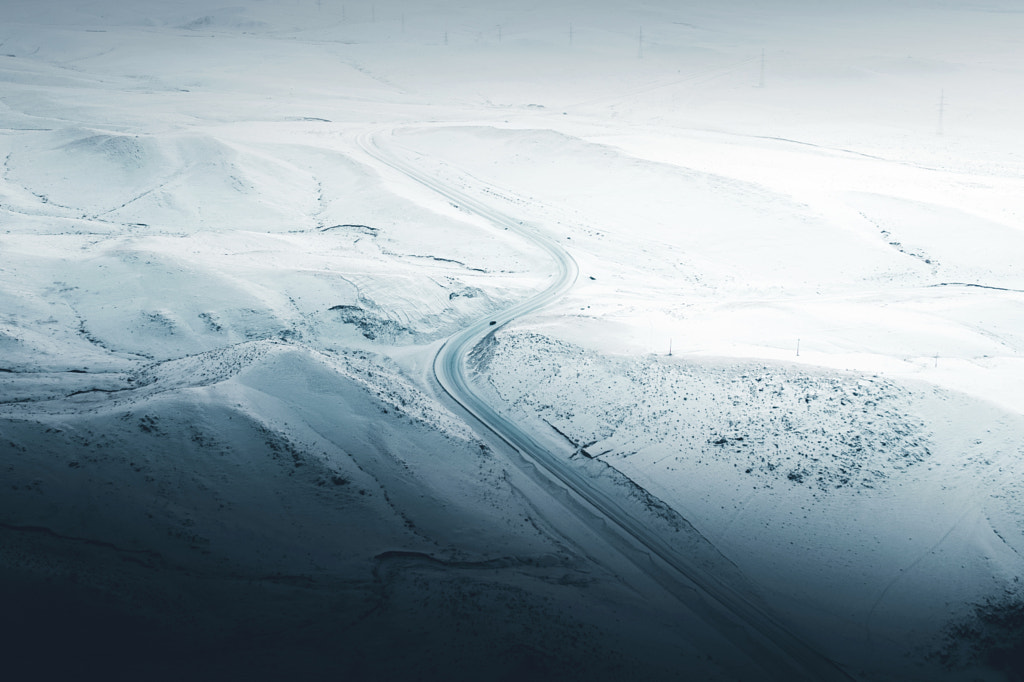
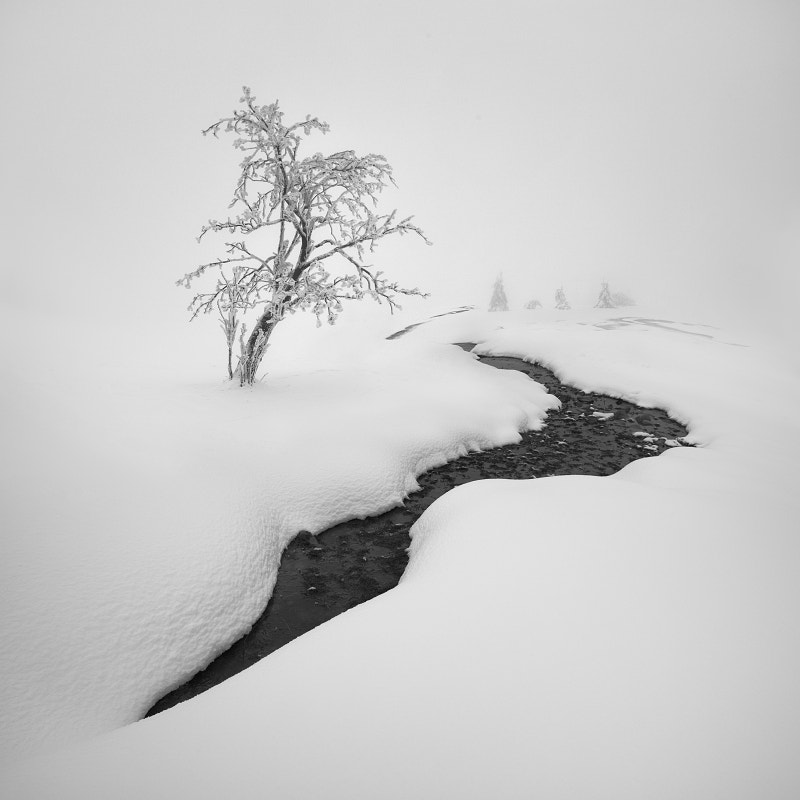
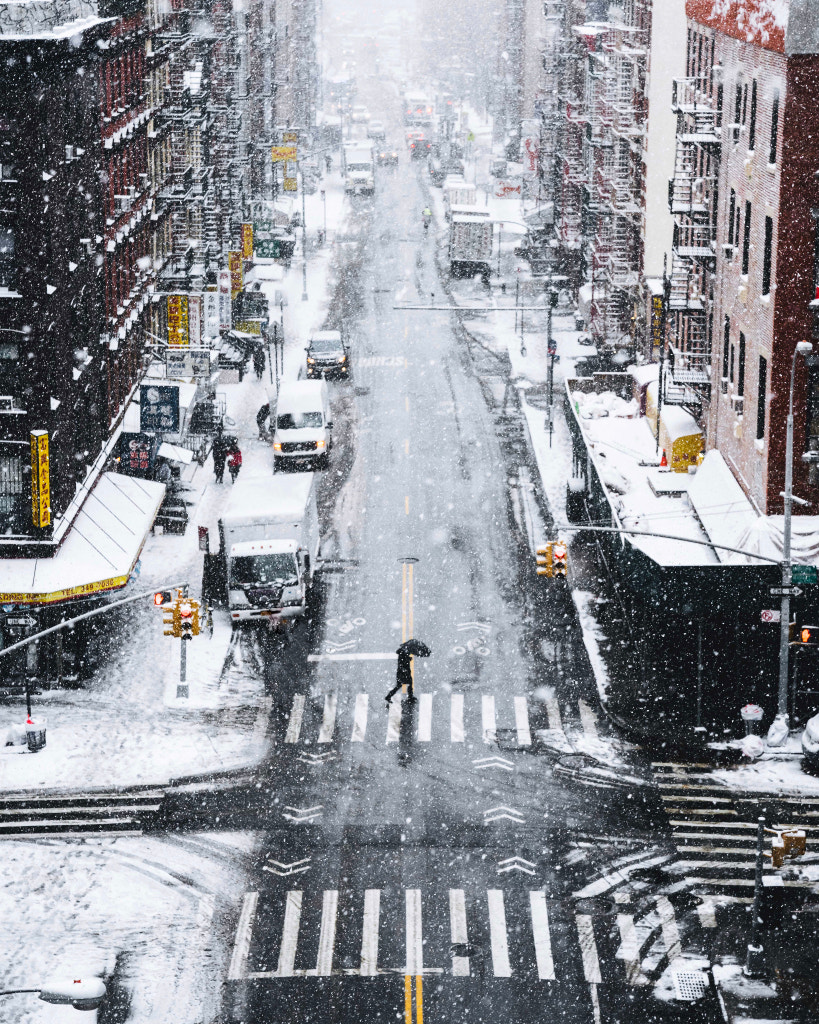
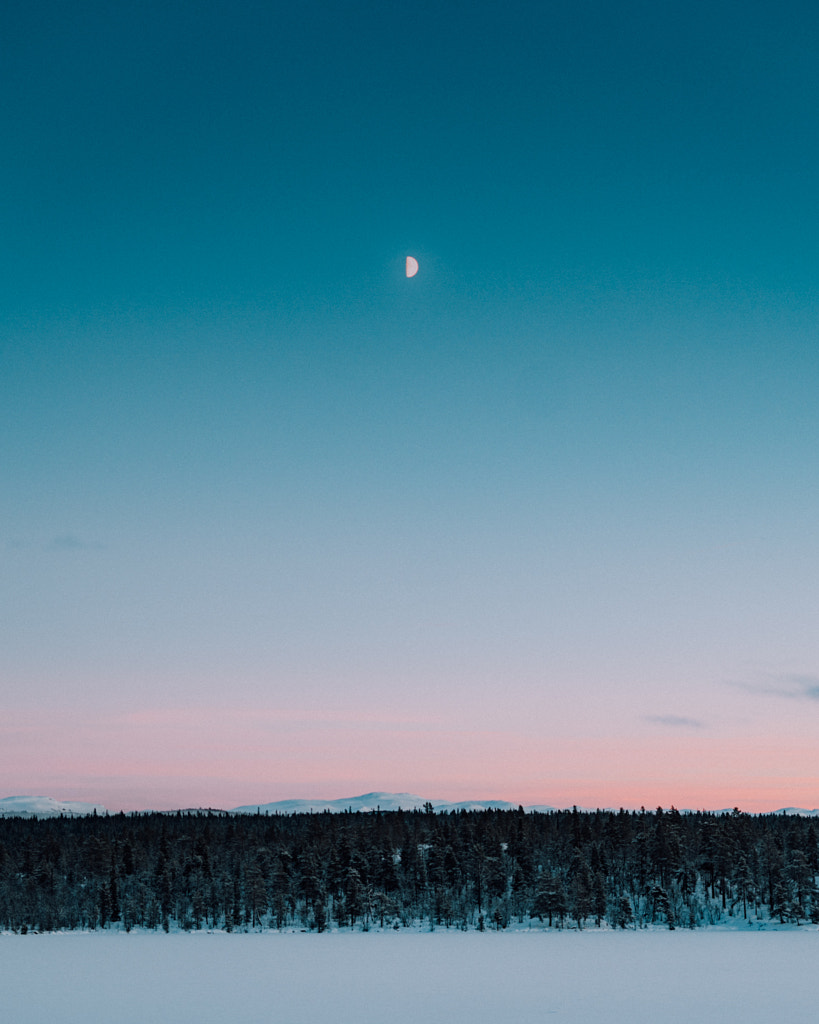
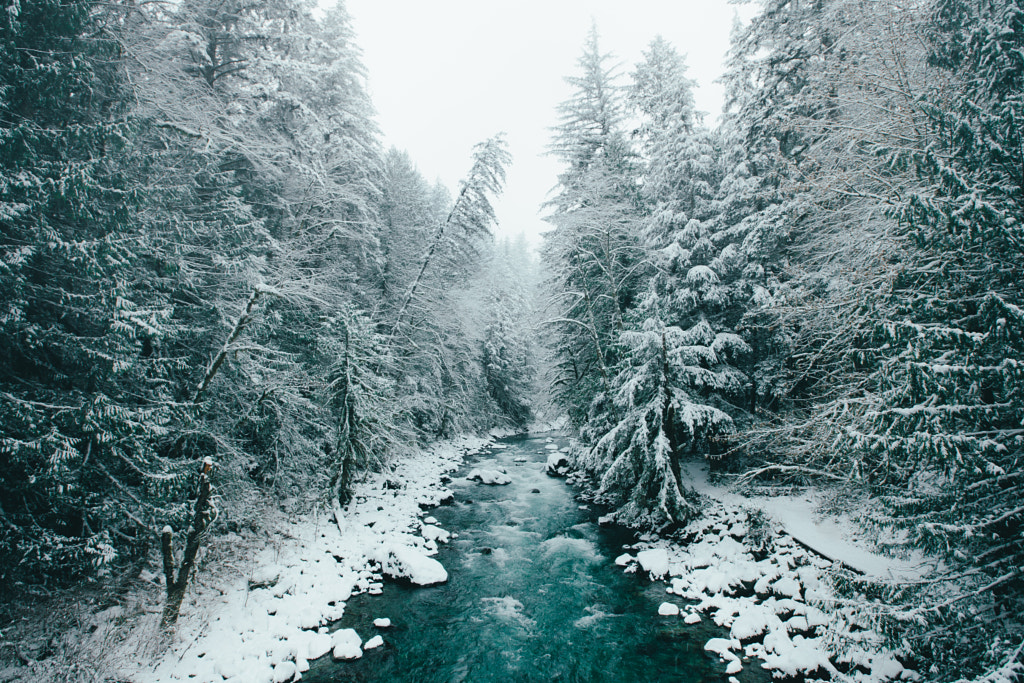
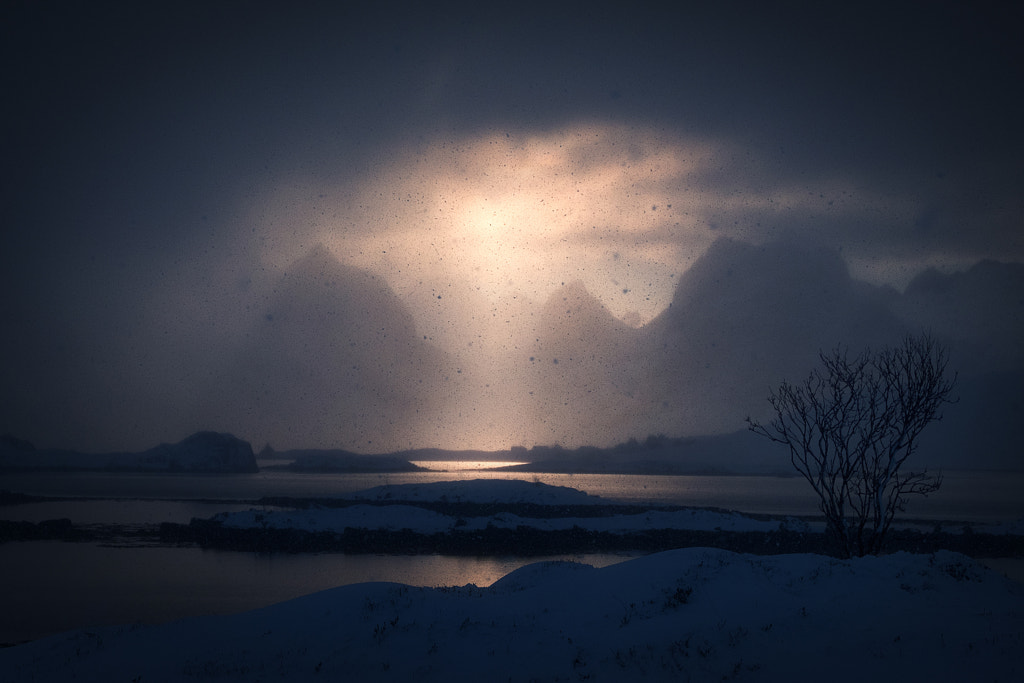
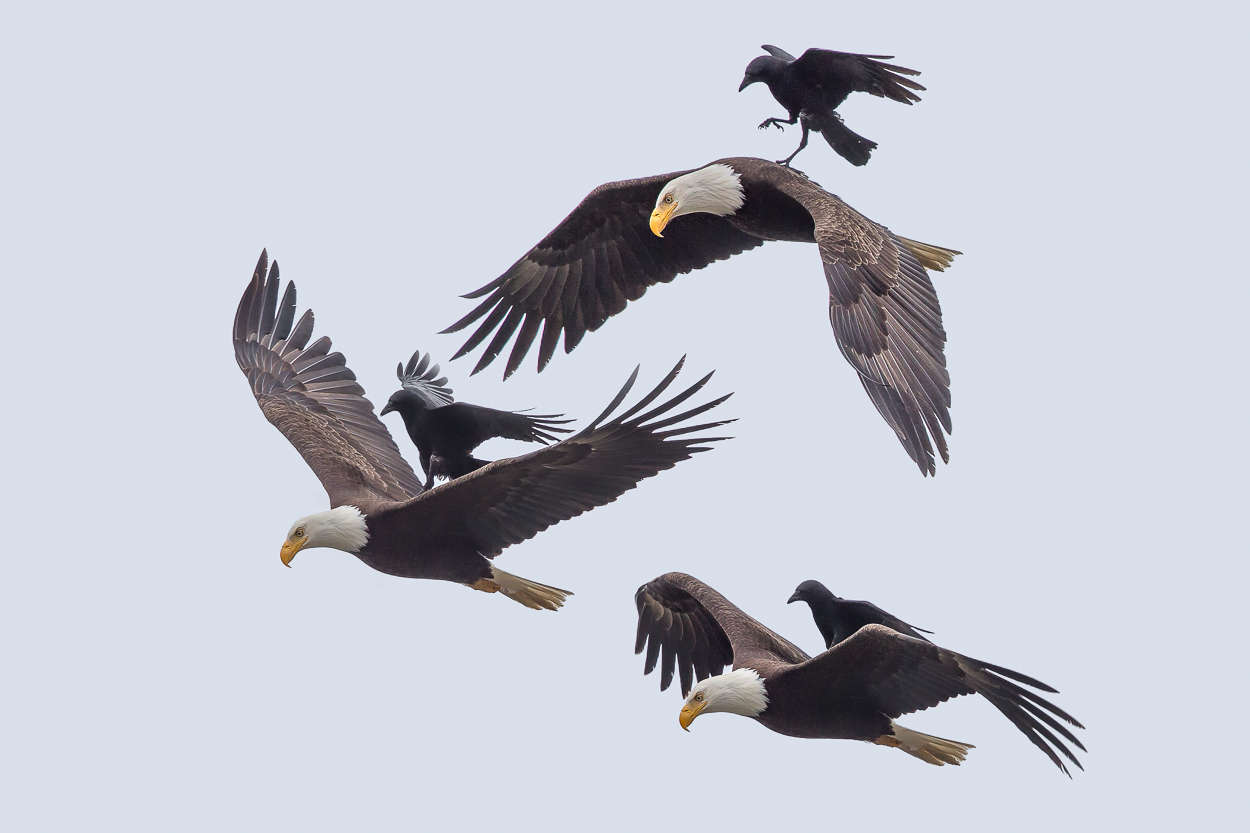
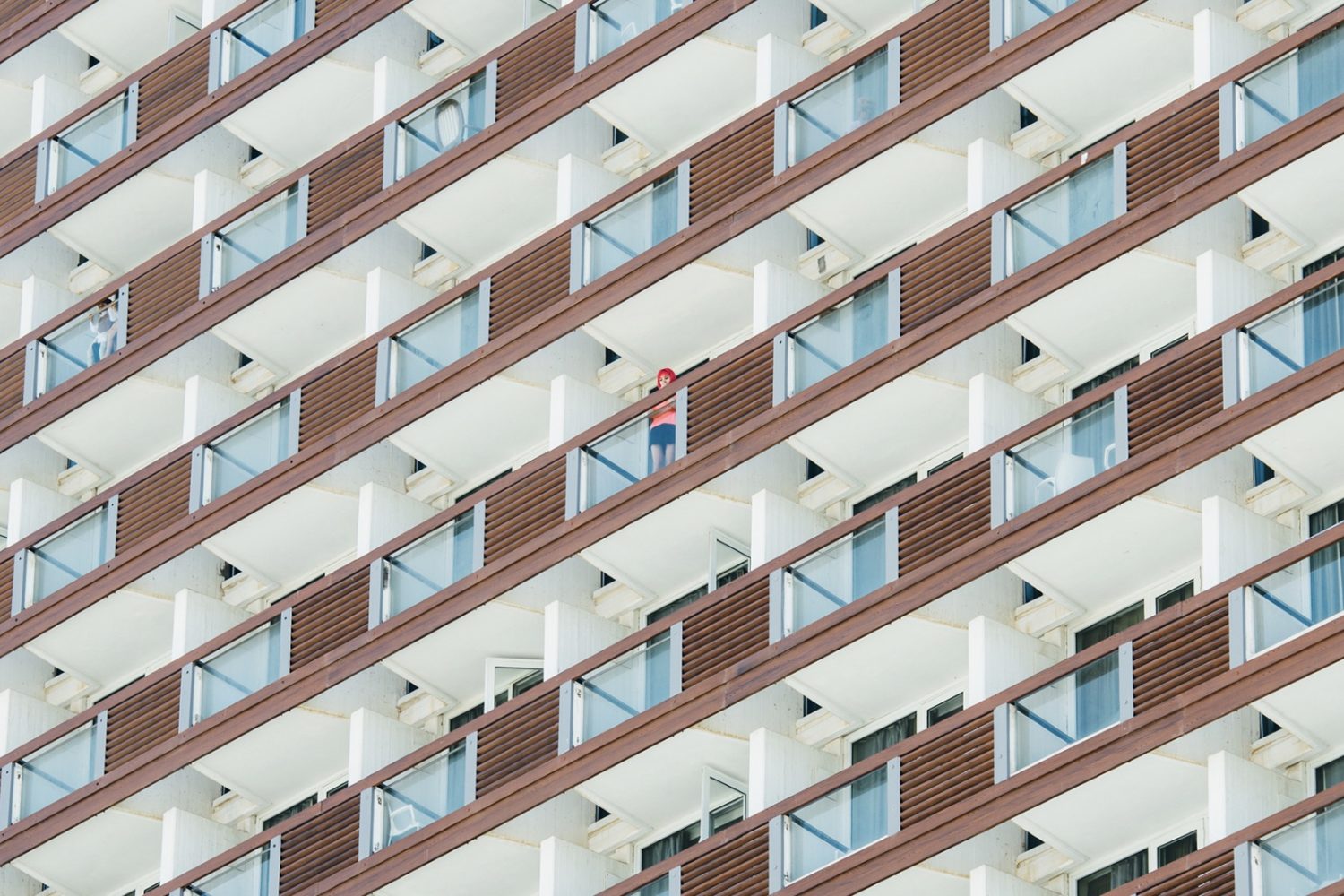
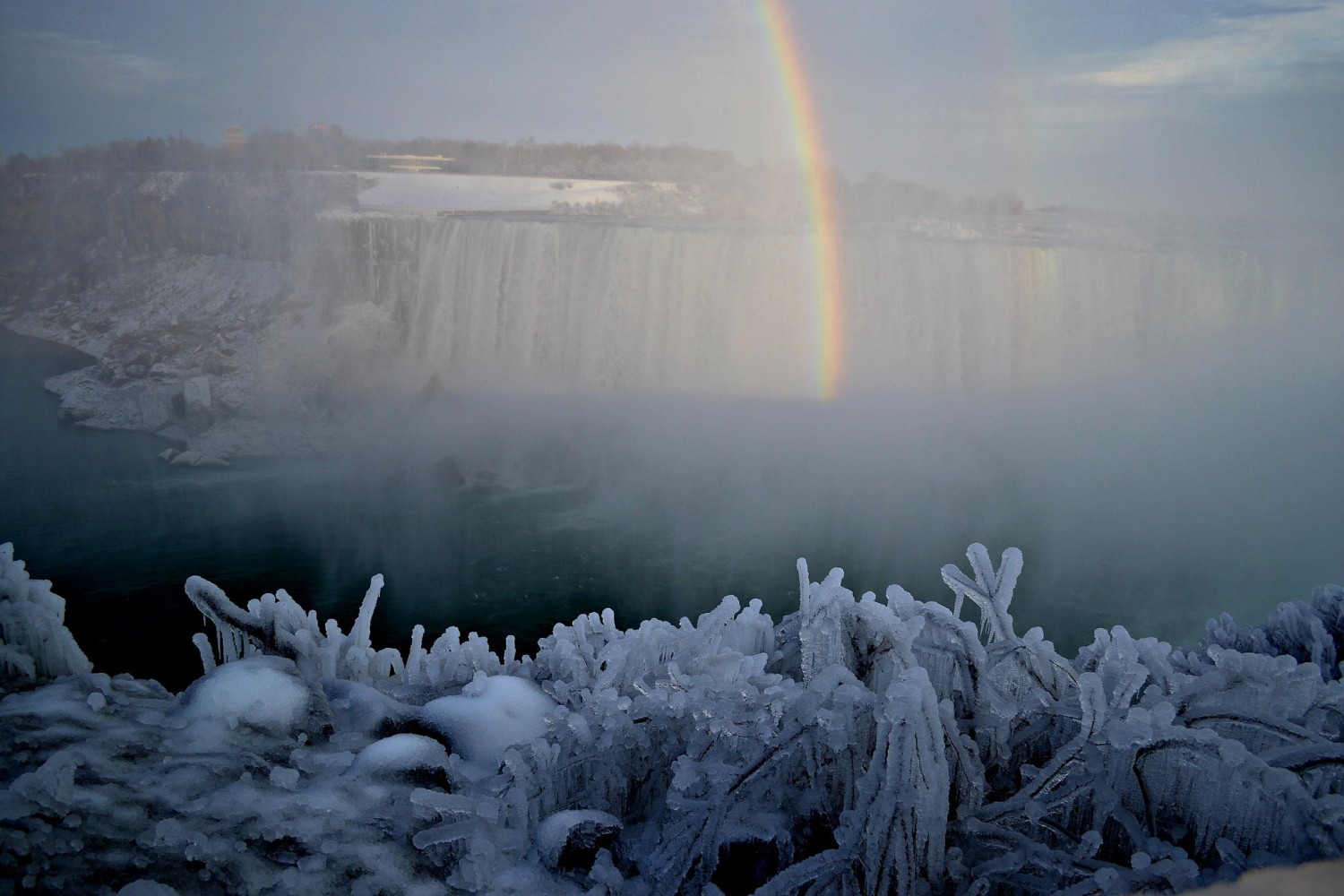
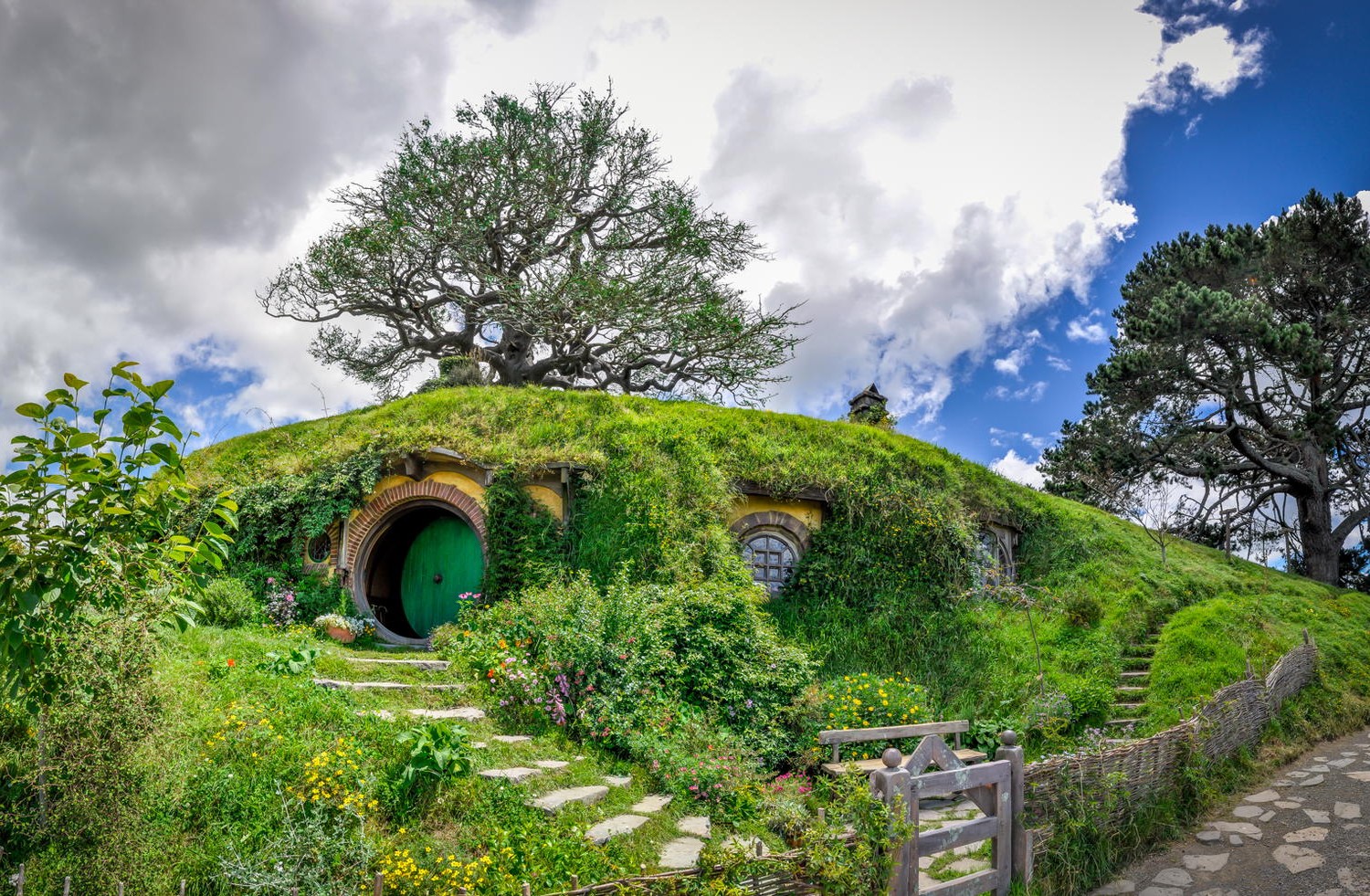

Leave a reply